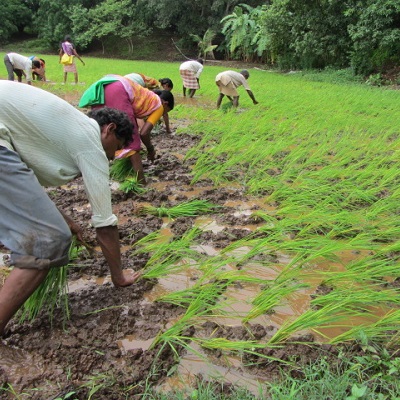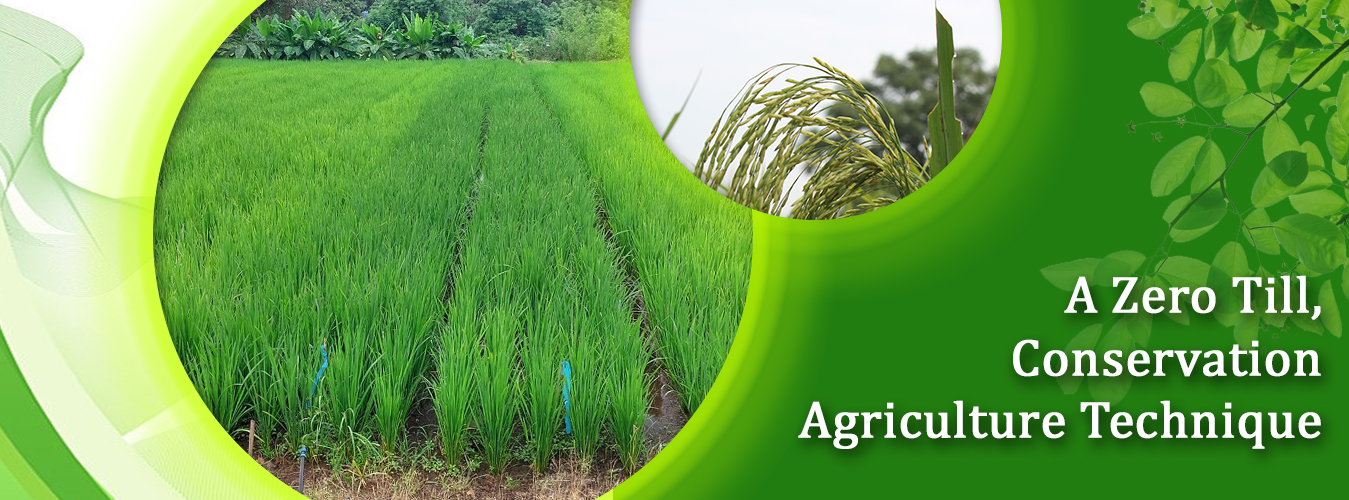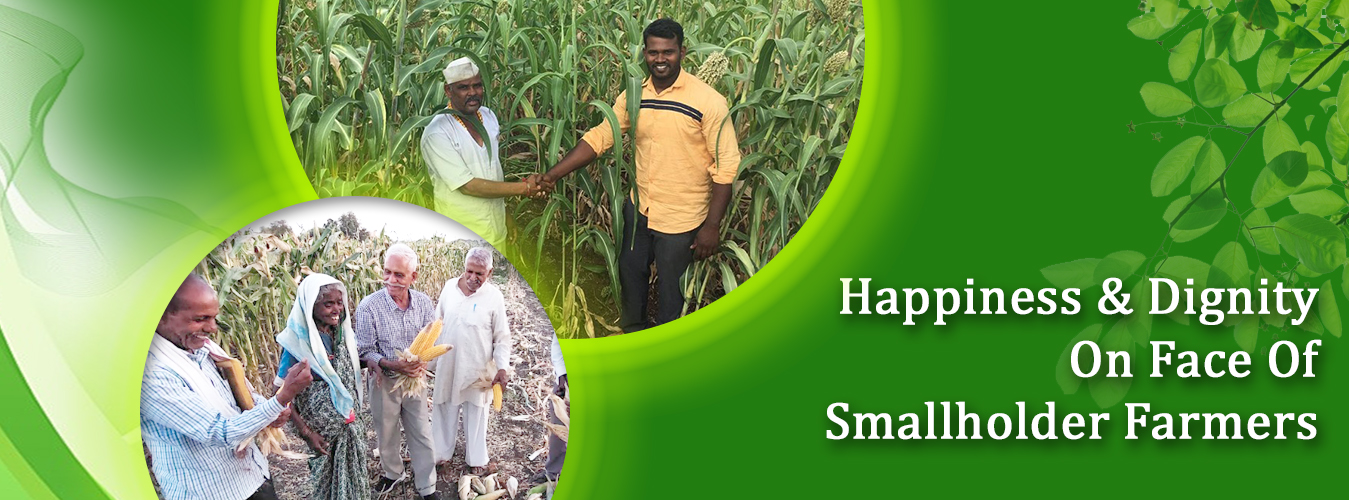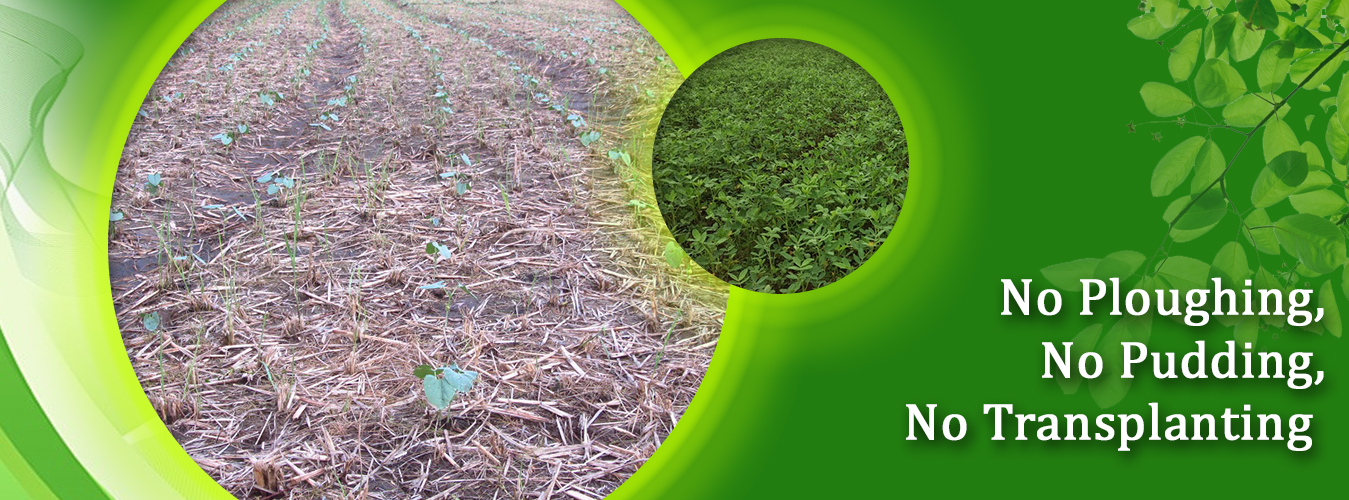
SRT- A Zero Till, Conservation Agriculture Technique
It it a conservation agriculture (CA), No-till method of farming which does not cause atrocity of tillage, completely stops soil erosion, promotes natural production of earthworms, increases organic carbon of the soil, considerably increases productivity of the land and added effect of amazing happiness & confidence of the farmer.
No ploughing, No puddlng and No transplanting
A New technique for easy Food production while reduced cost and drudgery
Accepted by the United Nation’s Food & Agriculture Organization (FAO)
https://teca.apps.fao.org/teca/en/technologies/10108
Read More SRT Booklet

